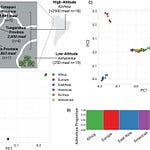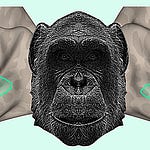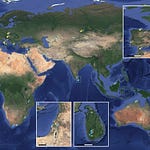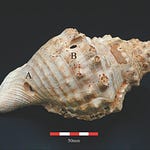For more than a century, biologists have described evolution as a two-step dance: mutations arise randomly, and natural selection decides which survive. Randomness, in this view, is the engine of genetic variation, producing an endless supply of accidents, some beneficial, many neutral, and others lethal. But new research suggests that not all mutations fit this script.
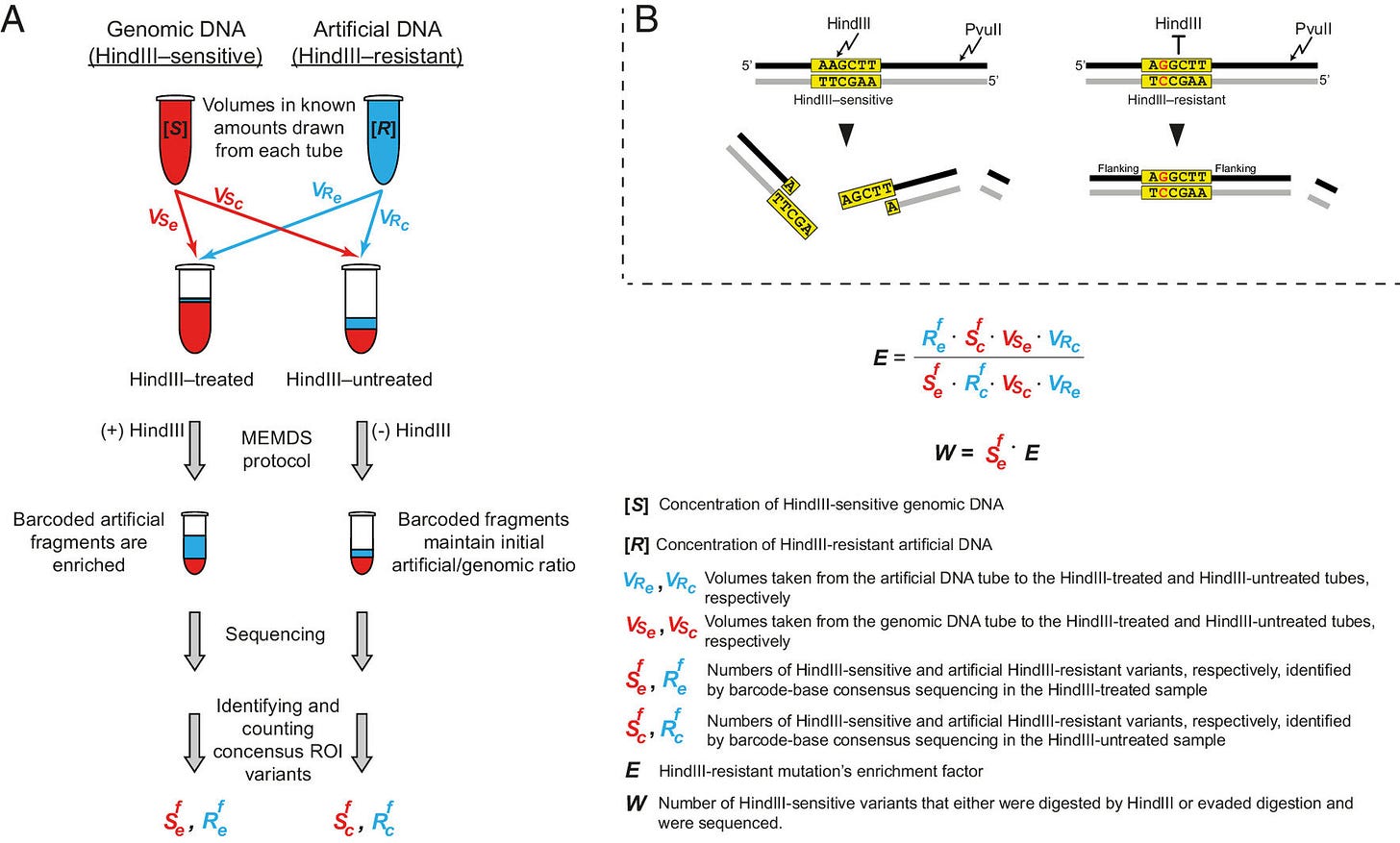
A study published in Proceedings of the National Academy of Sciences1 by an international team led from Israel and Ghana argues that some mutations appear not by accident but in patterns shaped by long-term pressures. Their findings come from the APOL1 gene, a locus with a fraught evolutionary history. Variants in APOL1 protect against Trypanosoma parasites, which cause African sleeping sickness, but they also increase the risk of kidney disease when inherited in pairs.
“The new findings challenge the notion of random mutation fundamentally,” said Adi Livnat of the University of Haifa, senior author of the study.
A mutation with two faces
The APOL1 variant under scrutiny has long puzzled geneticists. In West and Central Africa, where Trypanosoma infections have historically been a deadly force, this mutation provides a clear survival advantage. But outside regions where the parasite is common, the same mutation seems less prevalent, as its protective benefits are irrelevant and its risks remain.
If mutations arise purely at random, researchers expected the APOL1 variant to appear at similar baseline rates worldwide, only later spreading in Africa under parasite pressure. Instead, the team’s ultra-sensitive method showed that the mutation originates more frequently in African populations than in Europeans. Even more striking, the change occurs in exactly the part of the gene where it confers parasite resistance.
This pattern echoes earlier findings on the HbS mutation, which guards against malaria while causing sickle-cell anemia. Both cases suggest that some mutations arise with a kind of internal logic, linked to genomic context and environmental history.
Beyond randomness and Lamarck
Historically, evolution has been cast between two poles: Darwinian mutation-and-selection versus Lamarck’s discredited idea that organisms directly tailor their genes to environmental needs. The new study proposes something different: that genomes themselves may have a built-in tendency to produce useful changes, honed over generations.
In this view, the genome isn’t just a passive ledger of chance accidents. Instead, it’s an active system where mutations can be guided by the accumulated “experience” of past selective pressures.
“At each generation, mutations arise based on the information that has accumulated in the genome up to that time point,” Livnat and colleagues write.
The researchers describe this as a form of natural simplification. Over evolutionary time, genetic interactions that repeatedly prove useful can become “hardwired” into the DNA through mutational processes. This mechanism doesn’t require foresight by organisms, but it means mutations aren’t always scattershot.
The case of gene fusions
The team points to gene fusions as an example. Traditional thinking held that genes fuse randomly when DNA segments happen to break and rejoin. But studies show that genes which frequently work together in cellular networks are more likely to fuse—suggesting that the 3D architecture of the genome brings them together in ways that favor functional outcomes.
Seen this way, mutations aren’t just noise. They can be the crystallization of long-term biological “conversations,” streamlining regulatory systems into new, inheritable units.
Implications for anthropology and medicine
For anthropologists, this study opens new possibilities for thinking about human evolution. If some mutations arise preferentially in response to enduring pressures, then episodes like the spread of malaria resistance in Africa or lactose tolerance in Europe may need re-examining. Did these mutations simply occur at random, or did genomic architecture make them more likely in populations where they mattered most?
The medical implications are equally large. Nonrandom mutational processes could help explain why certain populations bear disproportionate burdens of genetic disease, and why some protective traits cluster geographically.
A shift in evolutionary thinking
While controversial, the results encourage scientists to look more closely at mutation as a process with its own rules, not merely raw material for selection.
“Understood in the proper timescale, an individual mutation does not arise at random nor does it invent anything in and of itself,” Livnat argues.
Instead, mutations may emerge from a long history of genomic interactions, layered generation by generation. If so, then the story of evolution is not only about chance and filtering, but also about the deep memory encoded within the genome itself.
Related Research
Stern, D. L. (2010). Evolution, Development, and the Predictable Genome. Roberts and Company. https://doi.org/10.1086/656796
Monroe, J. G., Srikant, T., Carbonell-Bejerano, P., Becker, C., Lensink, M., Exposito-Alonso, M., ... & Weigel, D. (2022). Mutation bias reflects natural selection in Arabidopsis thaliana. Nature, 602(7896), 101–105. https://doi.org/10.1038/s41586-021-04269-6
Livnat, A. (2013). Interaction-based evolution: how natural selection and nonrandom mutation work together. Biology Direct, 8(24). https://doi.org/10.1186/1745-6150-8-24
Melamed, D., Shemer, R., Bolotin, E., Yakass, M. B., Fink-Barkai, D., Hiadzi, E. K., Skorecki, K. L., & Livnat, A. (2025). De novo rates of a Trypanosoma -resistant mutation in two human populations. Proceedings of the National Academy of Sciences of the United States of America, 122(35). https://doi.org/10.1073/pnas.2424538122





